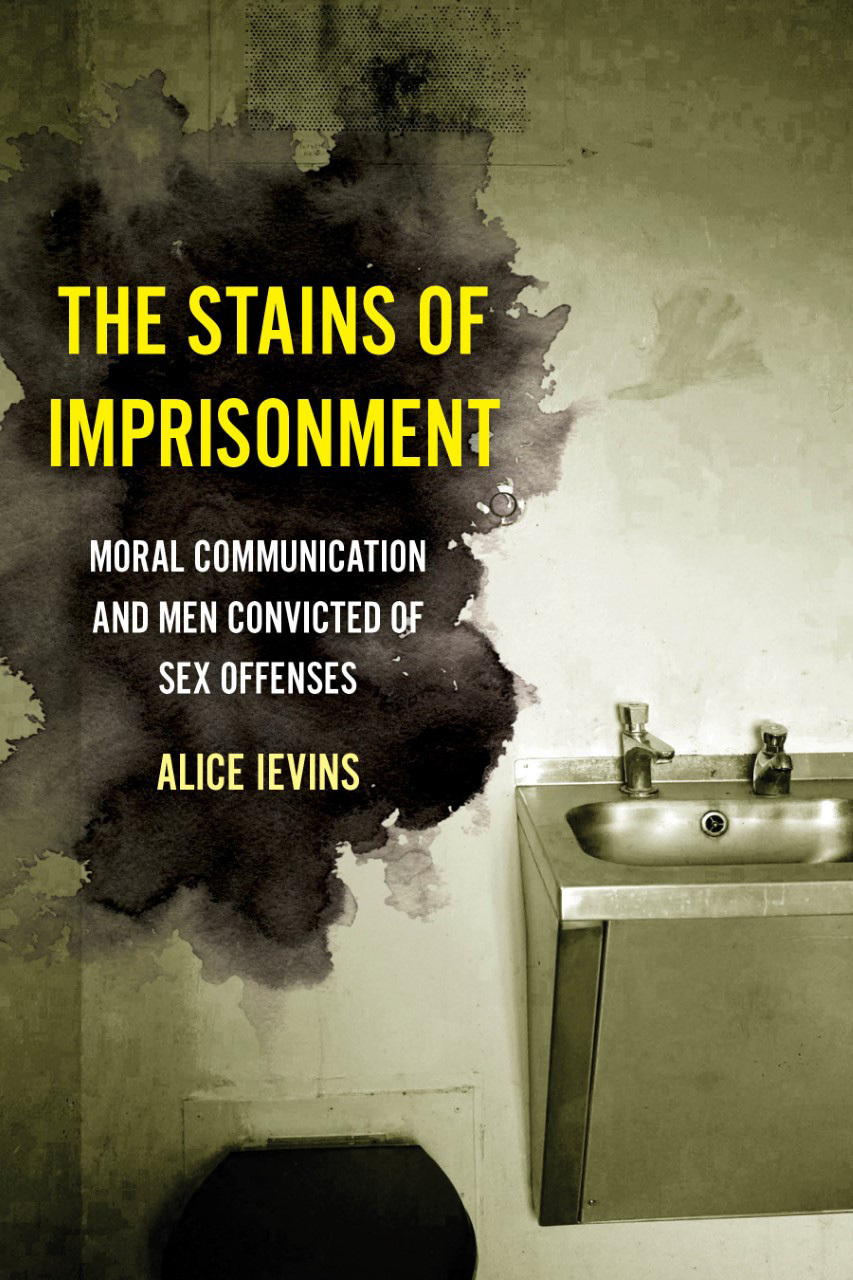Mainstream feminist thought about the ideal response to sexual violence suggests that more punishment, more generously distributed, is the best route to justice. This position—sometimes known as “carceral feminism”—has been heavily influenced by the desire of second-wave and radical feminists to reconstruct the state so that it protects women and children from the scourge of the patriarchy, and from rape as its corollary and its weapon.
The position has had numerous victories in England and Wales, as well as elsewhere in the Global North. These legal successes include expanding the definition of rape so that it includes (for example) marital rape and date rapes, and introducing new offenses like the sexual grooming of children. Significant effort has also been expended on altering procedures in criminal trials, for instance, by tightly restricting the admissibility of sexual history evidence, removing the requirement for judges to warn juries against convicting on the basis of a woman’s uncorroborated evidence, and securing anonymity for complainants.
In part, these changes resulted from the recognition that trials can be extremely painful and invasive for victims, as is reflected in the widespread use of terms like “second rape,” “judicial rape,” and “secondary victimization” to describe how the process is experienced. These changes were also intended to alter judicial outcomes by making it more likely that victims would report their experiences and stay involved in the legal process, and that convictions would be secured. Feminist campaigners have also fought to ensure that sexual offending is met by tougher punishments, both in order to persuade victims to follow through with prosecutions and in order to send a message about the cruelty of the crime.
The attempt to achieve sexual and gender justice by increasing the state’s power to punish has been considerably successful on its own terms, as is illustrated by the increasing number of men convicted of sex offenses in prison and the lengthening sentences they serve. The prison population in England and Wales has more than doubled since 1970, and at the same time the proportion of prisoners convicted of sex offenses has also increased. In 1980 in England and Wales, there were 1,100 people convicted of sex offenses in prison, making them 4 percent of the sentenced population; by 1990 there were over 3,000 (7 percent); by 2000 they were 10 percent of the prison population.
Following the passing of the UK Sexual Offences Act of 2003, which introduced new offenses and extended sentence lengths, numbers increased even further, and the Ministry of Justice found that between 2004 and 2011, the number of people being sentenced for sex offenses increased by 31 percent and the average custodial sentence length increased by thirteen months. The population therefore expanded significantly, and by its peak in 2018, 19 percent of all men in prison were serving a sentence for a sex offense. Numbers since then have dropped very slightly, but there are still significant numbers of people in prison for sex offenses: on December 31, 2021, there were 12,130 people serving an immediate custodial sentence for a sex offense, and they constituted just under 19 percent of the sentenced prison population.
More from our decarceral brainstorm
Every week, Inquest aims to bring you insights from people thinking through and working for a world without mass incarceration.
Sign up for our newsletter for the latest.
Newsletter
Nevertheless, campaigners continue to raise concerns about the proportion of rape offenses being prosecuted. Between 2007–8 and 2016–17, the number of convictions for rape in England and Wales rose by 48 percent, and over the same time period the proportion of the CPS caseload accounted for by violence against women and girls increased from 7 percent to 19 percent. In 2016–17, 5,190 rape prosecutions were recorded and 2,991 convictions were secured—both the highest numbers ever. Since then, the number of prosecutions has fallen by 71 percent, reaching just 1,490 in the year to December 2020, and the number of convictions has more than halved to 1,074. A recent annual report published by the Victims’ Commissioner stated that less than 3 percent of rapes in England and Wales lead to someone being charged, let alone convicted, and warned that this “justice gap” hurts current victims and creates future ones.
Cognizant of the reduction in prosecutions and convictions, the government published an end-to-end review of the criminal justice system response to rape, which found that changes in prosecution practices mean that “too many rape victims do not receive the justice they deserve.” Prime Minister Boris Johnson drew on similar rhetoric when he was questioned about the kidnap, rape, and murder of Sarah Everard by serving police officer Wayne Couzens: “What I want you to know is that we will stop at nothing to make sure that we get more rapists behind bars and that we have more successful prosecutions for rape and for sexual violence, because that is where I think things are going wrong.”
The feminist demand for punishment which Johnson and these reports echo has been criticized from many different angles. Liberals have argued that it damages due process and, in its desire to increase the rate of convictions, risks people’s right to a fair trial. Sex positive and queer theorists have suggested that strengthening the regulatory power of the state risks criminalizing nonharmful but nonnormative sexual behavior. Abolition feminists, informed by critical race theory and intersectionality, have argued against shackling the feminist movement to the carceral state. Many restorative justice advocates argue that the retributive framework is limited and damaging, even in the cases of sex offenses. Finally, criminologists have highlighted that there is limited evidence that imprisonment reduces reoffending, calling into question assumptions that imprisonment reduces crime.
There are three strands to the most legitimate of these critiques.
The first focuses on the power which the feminist push for punishment cedes to the state. Activists of the left assert that the state is an illegitimate, racist, (cis)sexist, and classist institution and is thus the wrong mechanism to use when dealing with the aftermath of sexual violence. They argue that the history of lynching in the United States and the racialized concerns about Asian grooming gangs in the United Kingdom reveal, in the words of Estelle B. Freedman, “the centrality of race to the political history of rape,” and suggest that incarceration is concerned more with making money and controlling the racialized poor than it is with repairing harm. Political liberals, who do not share this radical doubt in the state, nevertheless argue that its legitimacy is not a given and its punitive operations are unequally distributed. They question the self-professed benevolence of state intervention and argue that strong due process rights are necessary to protect people from excessive or biased state power, and they fear that the push to increase the numbers of convictions for sexual offenses risks skewing the balance too far in the opposite direction. Advocates of restorative justice argue that the state is preoccupied by its own bureaucratic functioning, and it takes the requirements of efficiency more seriously than it does the demands of justice. What matters is that it meets its own targets by ensuring that enough people are arrested, enough convictions are achieved, enough people are unlocked during the prison day, and enough money is saved, and it is much less invested in meeting the needs or respecting the desires of those more personally affected by the crime.
The second, related, strand is that criminalizing and punishing sexual violations allows the state to police the most personal part of our lives, and in so doing it takes something intimate and uses it for its own purposes. Many of these criticisms come from feminists, who are concerned about the state wresting something that happened to women from their control and using their stories as evidence but not allowing them to have a voice. This is not a tender way to treat something painful, and it often involves twisting and simplifying a complex event so that it fits legalistic categories. Much is obscured when calculating which acts are illegal and merit punishment, and when sifting people into the binary classes of victim and offender. Convictions are harder to achieve when those who are hurt do not fit the limiting criteria of the ideal victim, leaving the harm which has been done to them unrecognized by the state. At the same time, being convicted has permanent labeling effects on men who are found guilty of committing wrongs. As restorative justice theorist Howard Zehr argues, legal guilt has a “‘sticky,’ indelible quality,” and it is hard for people whose wrongdoing has been publicly recorded to wash themselves clean.
The third strand is in many ways the simplest. It critiques the urge to punish. Criminologist and abolitionist Nils Christie famously called punishment a “pain delivery system,” and he, alongside a great many other abolitionists and advocates of restorative justice, argued that deliberately inflicting pain is always wrong. In their eyes, retributive punishment is simply legally sanctioned revenge, and it contributes neither to accountability nor to justice.
Advocates of retributivism, however, would argue that many of these alleged problems with punishment are in fact its virtues. They would say that it is right that punishment should be ceded to the state, as the most authoritative institution we have and as one which acts on behalf of the community with the impartiality which comes from distance. They would say that theapplication of a condemnatory label to a complex event is the point of criminalization and punishment. To them, one function of punishment is to denounce, and denunciation necessarily involves placing something into the category of wrongness. Finally, they would say that the infliction of pain adds both a symbolic and a material emphasis to this denunciation. Their logic is simple. If we want to respond to sexual violence in a way that shows that it is serious, and if the way we deal with serious crimes is through state imprisonment, it follows that people who commit sexual violence should be imprisoned.
The simplicity of this logic has enabled a lack of curiosity about the nature and experience of punishment. Feminist advocates have tended to stop at the gates of the prison and have paid very little attention to what happens inside it. This is a mistake. Simply replicating established methods of moral communication does not mean that we are sending the message that we intend to, and we need to understand the form a message takes if we want to understand what it says. Furthermore, those who advocate for more punishment have a special responsibility to understand the effects this punishment has, and the worlds it creates.
To argue that those who push for more imprisonment have a responsibility to understand prisons is not to say that modern prisons are what people involved in the feminist movement wanted. Current forms of imprisonment are a product of many historical phenomena—the growth of mass incarceration, shifts in criminal justice policy and practice, the local histories of individual prisons, recent budget and staffing cuts, to name but a few—but if the goal of your activism is to send more people to prison for longer, and you do this in a world in which prisons look like they currently do, then it is unsurprising that this form of imprisonment is the outcome. Prisons are part of our communities, and they are also, sometimes, the products of our political engagement. For both reasons, it is incumbent on us as citizens and as feminists to understand, critique, and intervene in them.
Excerpted from The Stains of Imprisonment: Moral Communication and Men Convicted of Sex Offenses. Copyright © 2023 by Alice Ievins. Reprinted with permission from University of California Press.
Image: Fia Yang/Unsplash


